You have no items in your shopping cart
The MAXI PRO drainage channel is the drainage system for maximum demands in the field of freight traffic (industrial areas, airport work areas, ports, etc.). The damping insert and the special screw lock ensure that the subsurface is calm and that the high safety requirements are met. With a drainage capacity of up to approx. 80 l/s (nominal width 400 mm, length 1,000 mm), even larger quantities of water are drained away quickly and safely.
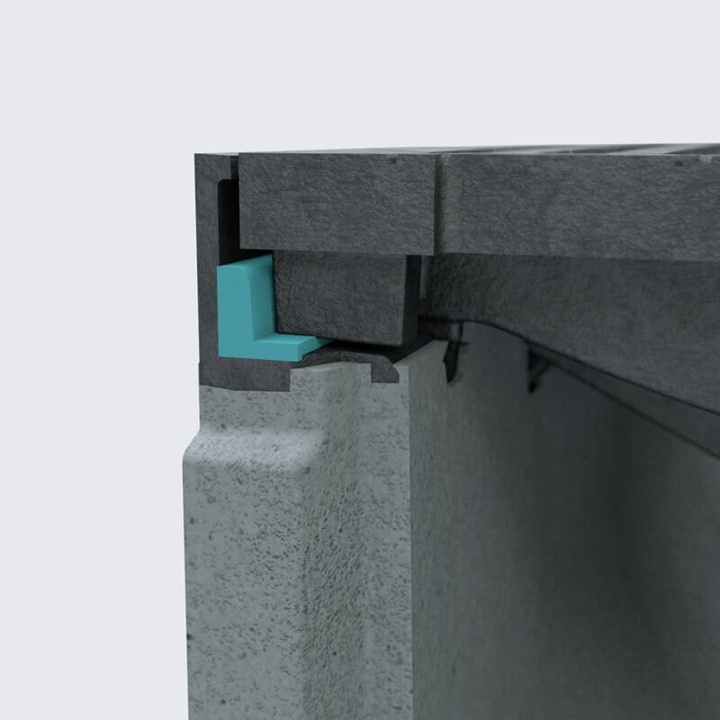 |
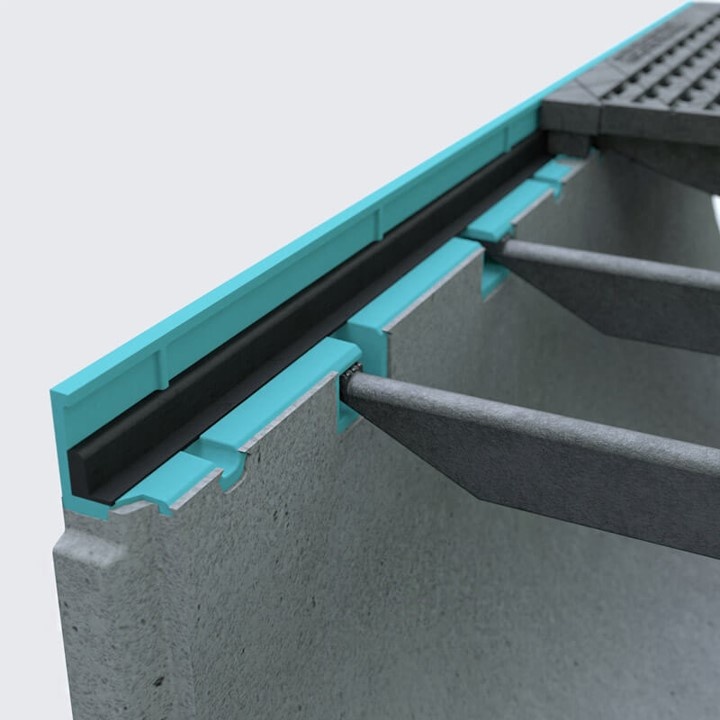 |
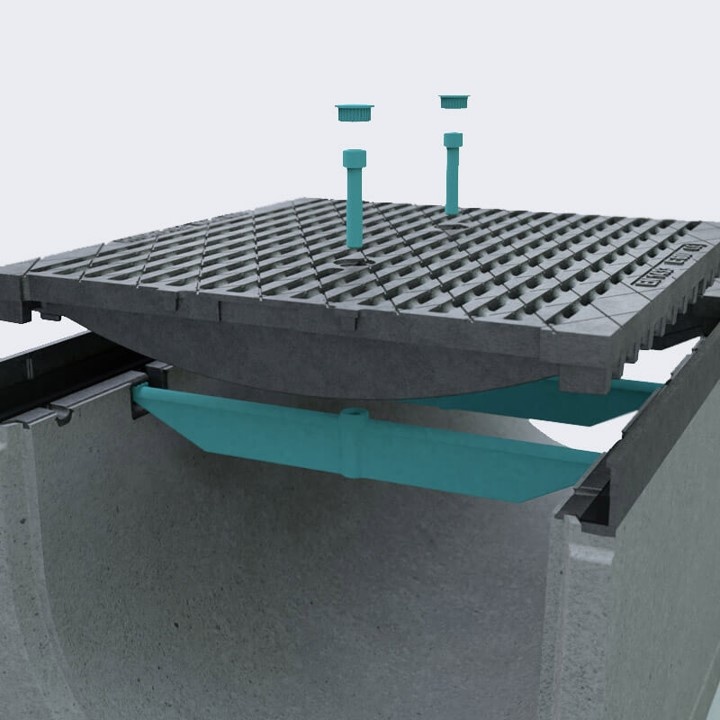 |
 |
Quiet location and low maintenance requirementsThe integrated damping insert ensures a closer fit of the cast parts and guarantees a quiet position of the cast cover.
|
Edge protectionMaximum stability in all classes due to the 5 mm thick edge protection made of nodular cast iron.
|
Special screw locksThe MAXI PRO guarantees maximum traffic safety in all load classes thanks to two special screw locks that lock the grating and the gutter together. |
Protective capsLocking protective caps provide additional security against screw slippage and protection against contamination.
|
More benefits
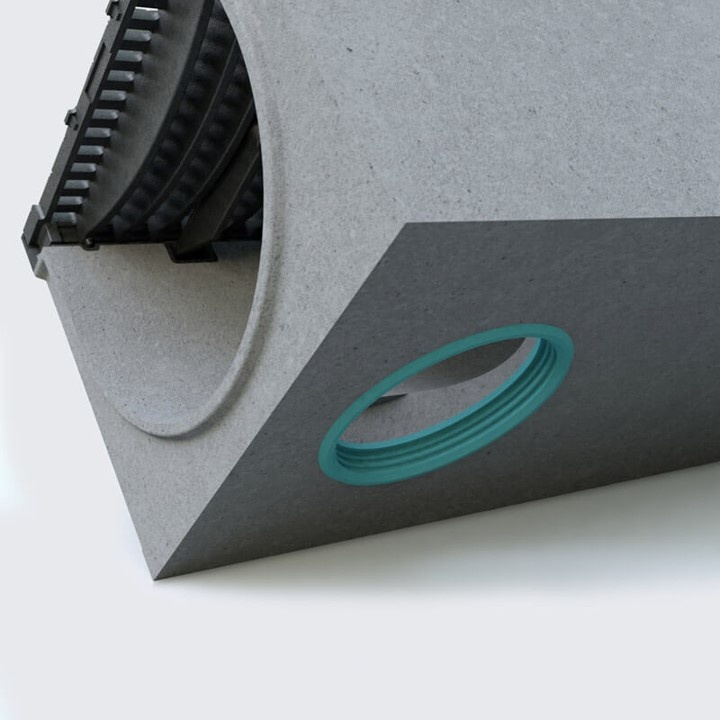 |
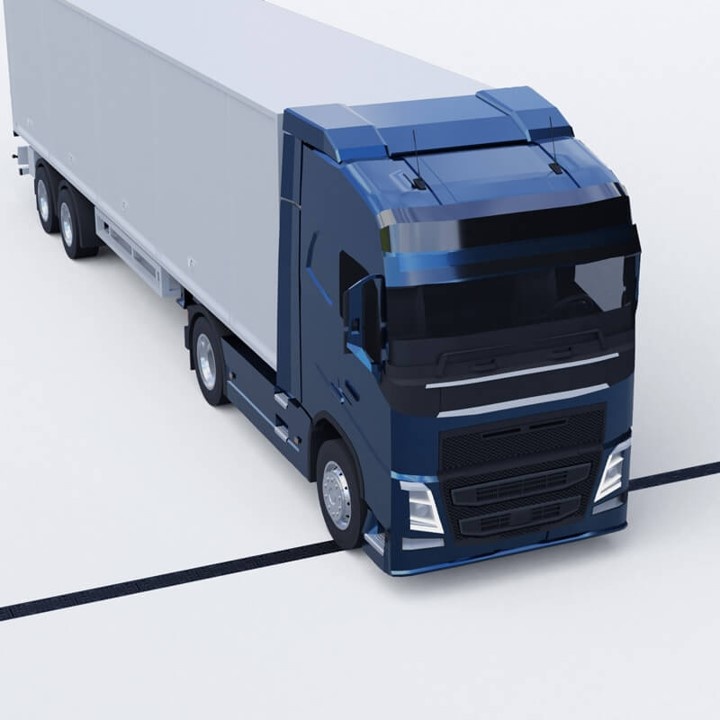 |
Drain elementLiquid-tight connection (incl. sealing ring) for a plastic pipe. |
High load capacityThe MAXI PRO is suitable for loads up to class F 900. |
References
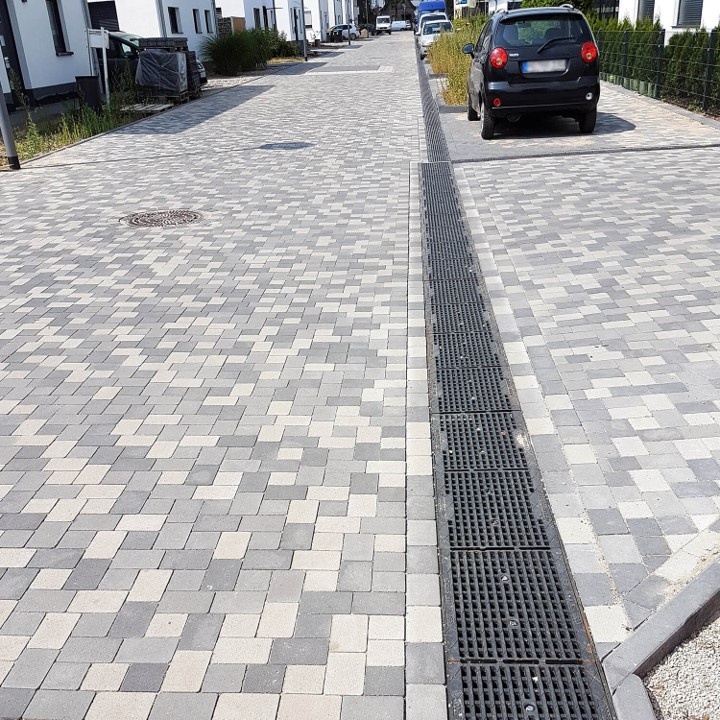 |
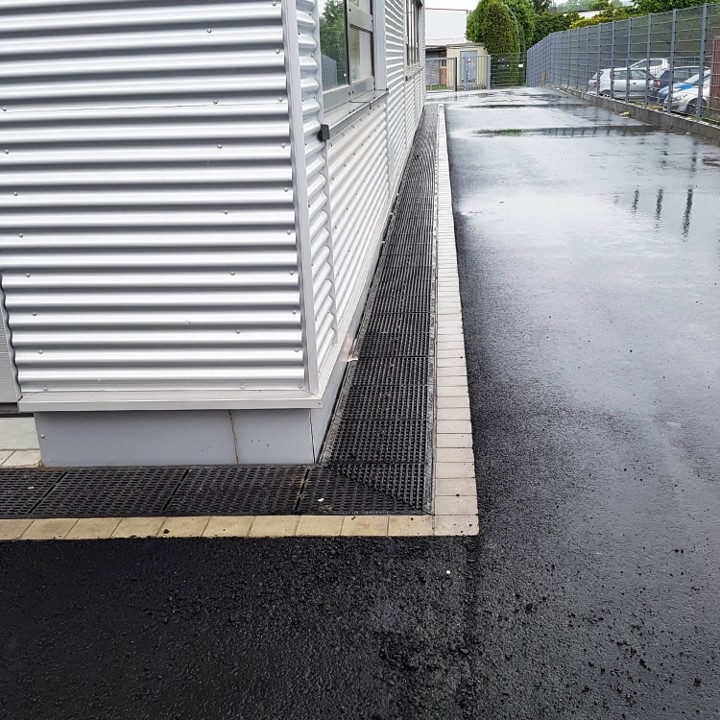 |
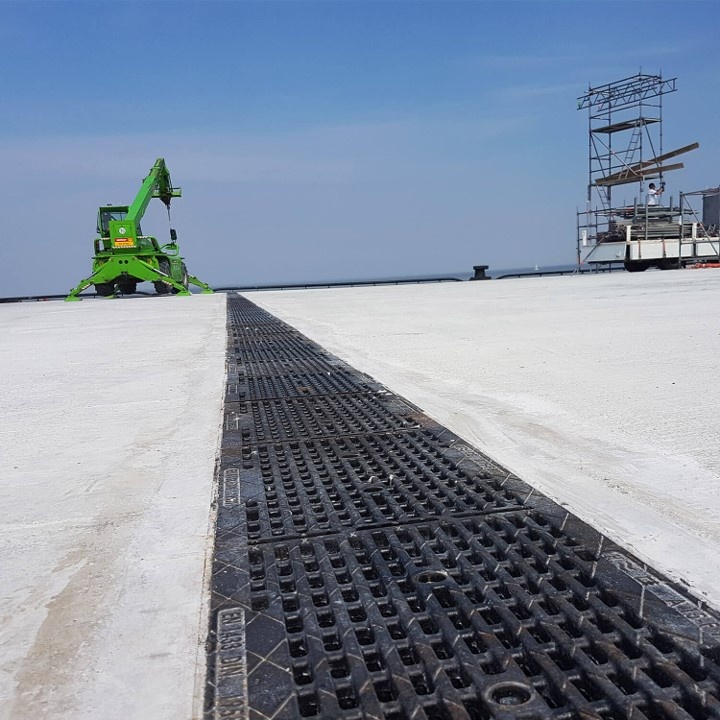 |
 |
Residential area |
Asphalt |
Port |
City center |
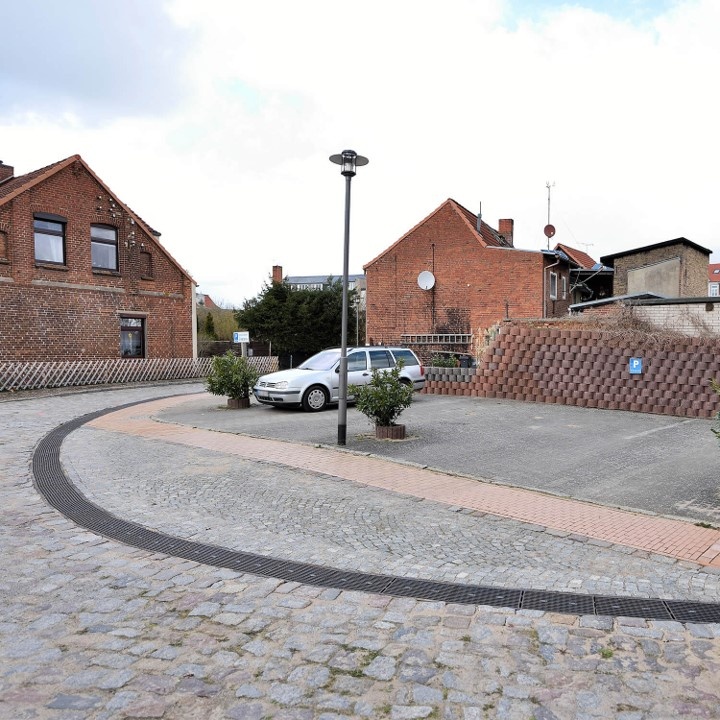
Installation instructions for drain channels
| The installation direction of the gutters is always against the flow direction and starts at the connection to the base pipe or at the sand trap element. If the elements are laid in two different directions, the profile groove must be removed with a flex or end walls must be used at the meeting of the elements to prevent a gap. When laying, it must generally be ensured that the individual gutter elements are installed vertically and not pushed against each other! | 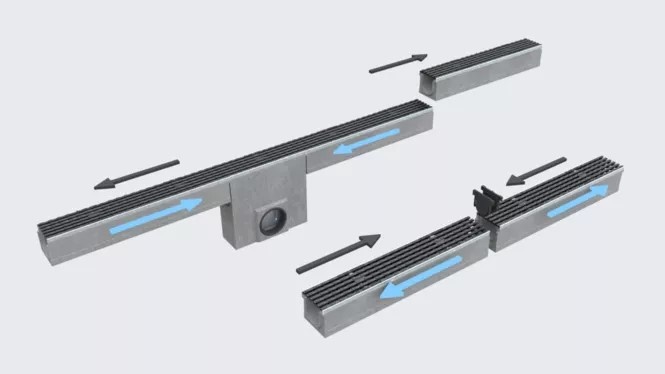 |
| Flow direction = blue arrows, laying direction = black arrows |
Principles of Drainage Channel Construction
- All delivered parts must be checked for perfect condition. Damaged parts must not be installed!
- The choice of the most suitable installation method for your case is the responsibility of the commissioned specialist consultancy firm, which has the necessary knowledge to assess the situation.
- The type of installation of the drainage channels depends on the installation locations with the associated traffic load and the planned hardening. The installation locations are divided into classes A 15 to F 900 in EN 1433. From class C, all cover grilles must be secured in a traffic-safe manner. The foundation of the drainage channels must be in accordance with the traffic load.
- Horizontal loads from traffic or the thermal behaviour of the pavement must be absorbed by a sufficiently dimensioned concrete lining of the gutter bodies and by expansion joints that are applied in the longitudinal direction of the gutter, in particular in adjacent concrete surfaces. Joints transverse to the gutter series must always be applied to the gutter joint. The installation direction of the gutters always runs against the flow direction and starts at the connection to the sewer.
- Adjacent paving must be placed 5 mm higher than the surface of the cover grid or edge protection, taking into account subsequent settlement and subsidence. Appropriate measures must be taken to prevent the road surface and gutters from washing away and flooding.
- Where extreme horizontal forces are expected across the drainage channel, e.g. at road crossings, slip roads or on motorways, the drainage channels must be laterally secured with reinforced road surface concrete.
Load classes according to DIN EN 1433
 |
 |
 |
 |
 |
 |
| Class A 15 | Class B 125 | Class C 250 | Class D 400 | Class E 600 | Class F 900 |
| Footpaths, cycle paths, green areas | Pedestrian zones, parking lots | Roadsides, parking spaces | Public roads and parking lots | Industry, defense, high wheel loads | Airports, industrial estates, very high wheel loads |




